How Bob Lutz ushered in the Solstice and Sky, even as GM faltered
When Bob Lutz drove his Pontiac Solstice concept sports car onto the stage at the 2002 Detroit North American Auto Show, there was a clearly audible gasp from the astonished media scrum. Then came a round of applause, soon after topped by another bout of cheers for the sexy Solstice concept coupe that followed. “The North American market is ripe for an affordable, pure roadster,” Lutz proclaimed. “The Solstice is striking in its purity and simplicity.”
It took nearly four years to wrangle corporate approval, source, develop, certify, and validate that enticing little roadster for production. The Solstice’s realization fulfilled a dream that Lutz had nourished throughout his career, but the timing proved unfortunate. When Pontiac’s second-ever two-seater (following the 1984–’88 mid-engine Fiero) launched in 2005 as a 2006 model, GM was three years away from declaring bankruptcy amid a U.S. economic collapse.
Less than a year prior to the 2002 Detroit auto show, GM CEO Rick Wagoner had met with Lutz at Exide Technologies, where the latter was CEO after departing Chrysler. Wagoner offered Lutz a lucrative consultancy to help fix GM’s lackluster products. Lutz declined, but Wagoner countered with a full-time job opportunity. Lutz agreed, albeit on the condition that he would have the title and the power necessary to get the job done. On September 1, 2001 (with Lutz four years past GM’s mandatory retirement age of 65), the veteran executive joined the auto giant’s board as Vice Chairman, Product Development.

Wagoner directed Design VP Wayne Cherry to show Lutz every future GM product, even before his official start date. When the two met that August at the Pebble Beach Concours, Lutz zeroed in on the inexpensive two-seater that he had long wanted to create—first at GM Europe, then at BMW, Ford, and finally Chrysler. He strongly believed that an inexpensive Mazda Miata-fighter, done right, would bolster GM’s product image and could turn a profit.
“Bob wanted to know if we could do a concept roadster in time for the Detroit show,” Cherry said in an interview for your author’s 2006 Pontiac Solstice Book. “The show was barely four months away. But any time someone asks us to do a concept sports car … we’ll say YES … We were so excited to be able to do that kind of a car.”
Fast-tracked design
Cherry launched a competition among GM designers for the roadster concept. Ed Welburn—who bore primary responsibility for concepts at the time—showed the best sketches to Lutz on a big screen, and one of a series by Franz von Holzhausen from GM’s California studio jumped out.
“That’s it!” Lutz exclaimed. “Exactly the character we’re talking about! They showed how we could do a contemporary vehicle based on quintessential sports car shapes of the 1950s and ‘60s … those voluptuous, flowing-fendered, Italianesque sports cars—Ferraris, Maseratis, Aston Martins—of that period … classical style done in a very contemporary way.”

GM’s Ecotec four-cylinder was designed and developed by an international team to be compact, lightweight, low-maintenance, and capable of accommodating such added technologies as turbocharging, supercharging, piston oil cooling, dual cam phasing, and direct fuel injection. Rotating it 90 degrees to power the rear-wheel-drive roadster required new mounts and minor modifications for improved dipstick access. Meanwhile, its head got better breathing, its crankshaft got an adapter and reinforcement at its transmission interface, and its power steering pump became engine-driven (vs. electric in other applications). Redline rose to 7000 rpm. One thing that did not change was the engine’s 10-degree tilt—rearward in front-wheel-drive cars, to the passenger side in the Solstice—since its lubrication system was designed for that angle.

The Solstice GXP’s turbo-four pumped out 260 ponies and an identically impressive 260 lb-ft of torque from just 2.0-liters of displacement—a remarkable 130 hp per liter. The 2007 GXP could sprint from zero to 60 mph in less than 5.5 seconds vs. the standard 177-hp 2.4-liter car’s respectable 7.0 seconds, and its cornering and braking capabilities were similarly higher.
The Saturn Sky
The year after the Solstice concepts stole the Detroit show, GM British subsidiary Vauxhall showed a hot-looking concept roadster called VX Lightning to help celebrate its 100th birthday. Built on the bones of the original Solstice concept, it debuted in May 2003, just as the Solstice production program was coming together. The VX Lightning provided styling inspiration for the Saturn Sky, as well as a near-identical Opel GT roadster for Opel in Germany and a Daewoo G2X for Korea.
“When the decision arrived to make a Saturn roadster,” Welburn said, “it came … when we were looking at building this relationship between Saturn and Opel. Simon Cox’s VX Lightning design was very aggressive, inside and out, and we handed Ken Parkinson the challenge of taking this wild-looking roadster and creating a production Saturn from it. Liz Wetzel was director of small- and mid-sized car interiors, so her team did the cockpit. But it wasn’t until after the Sky production design was coming together that the decision was made to also market this roadster in Europe as the Opel GT.”
And in Korea as the Daewoo G2X. The exterior design landed in the hands of Clay Dean when Parkinson moved to a new assignment, and Solstice designers Franz von Holzhausen and Vicki Vlachakis helped finish the production Sky. (The two would later marry.)
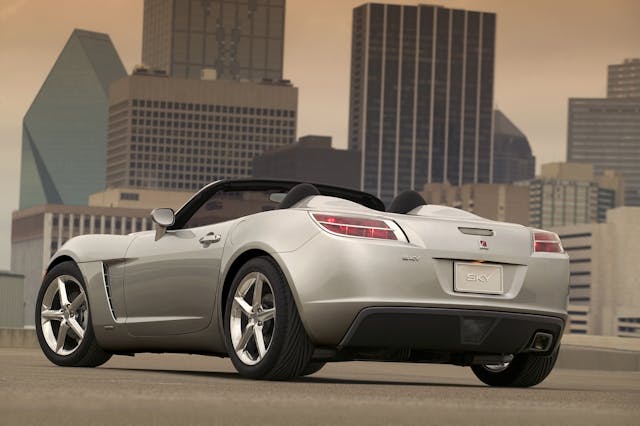
Production
The Solstice reached production (with its body manually MIG-welded) at just seven cars per hour in mid-2005 at GM’s then-59-year-old Wilmington, Delaware plant, which had been slated for closure the previous year. Nominated for 2006 North American Car of the Year and Canadian Design of the Year awards, it got off to a strong start with 7000 orders in its first 10 days and 6000 more before winter. Media reviews were generally good, aside from criticism of its low-function interior and tiny trunk that offered little room when its oddly designed top was down. The other three Kappa cars (Saturn Sky, Opel GT, and Daewoo G2X) debuted as 2007 models.
The turbocharged Solstice GXP and Sky Red Line also arrived for 2007, then the Targa-top Solstice Coupe in early 2009. Just 1266 Coupes (102 pre-production 2009 models, 1152 production 2009s and 12 pre-production 2010s) were built before the plant closed in July 2009, after GM killed its Pontiac brand as part of a government-mandated bankruptcy recovery plan.
Thus ended Lutz’s career-long dream of a youthful, affordable two-seat sports car. GM’s short-lived Kappas were not, ultimately, great cars but they were stylish and fun at their prices. If you believe, as we do, that sports cars are mostly about style and dynamics, they were both genuine winners.

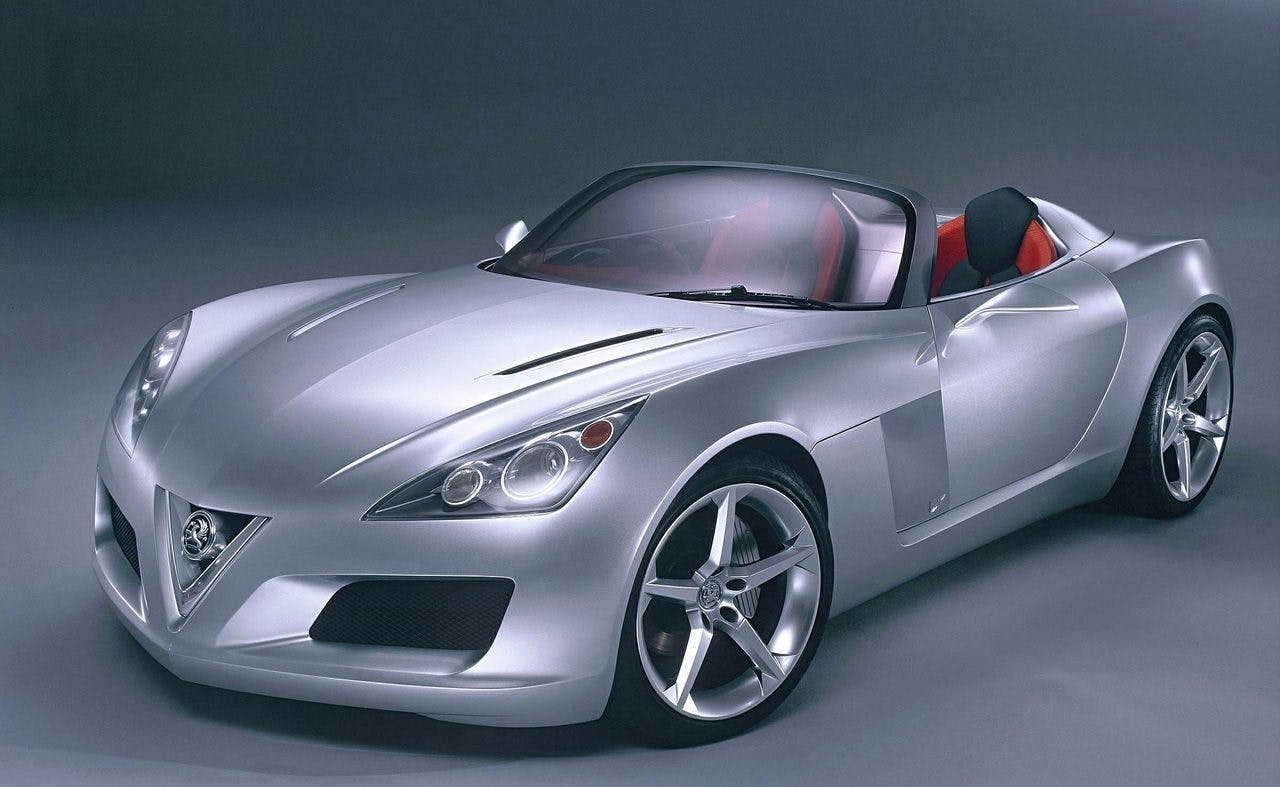


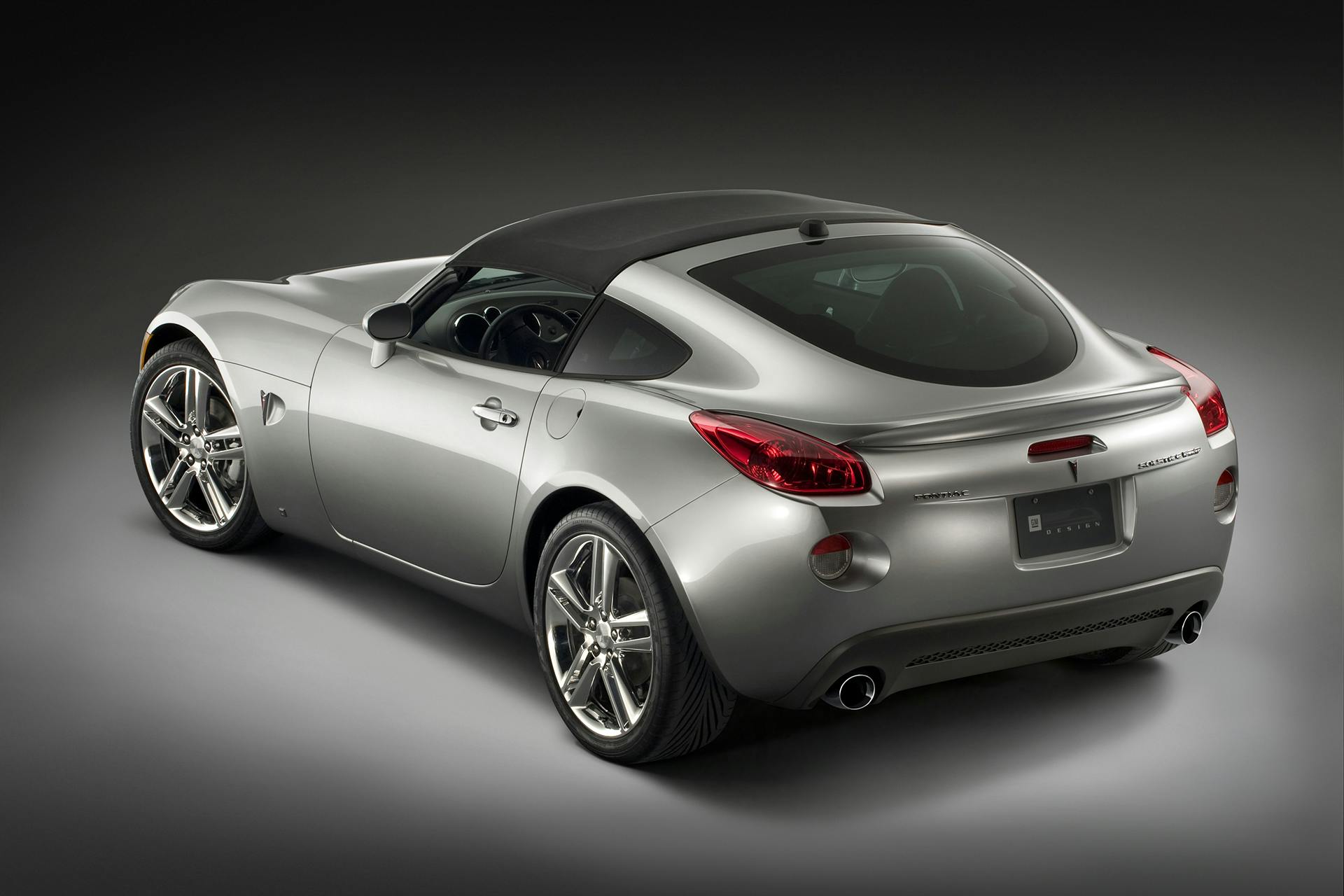
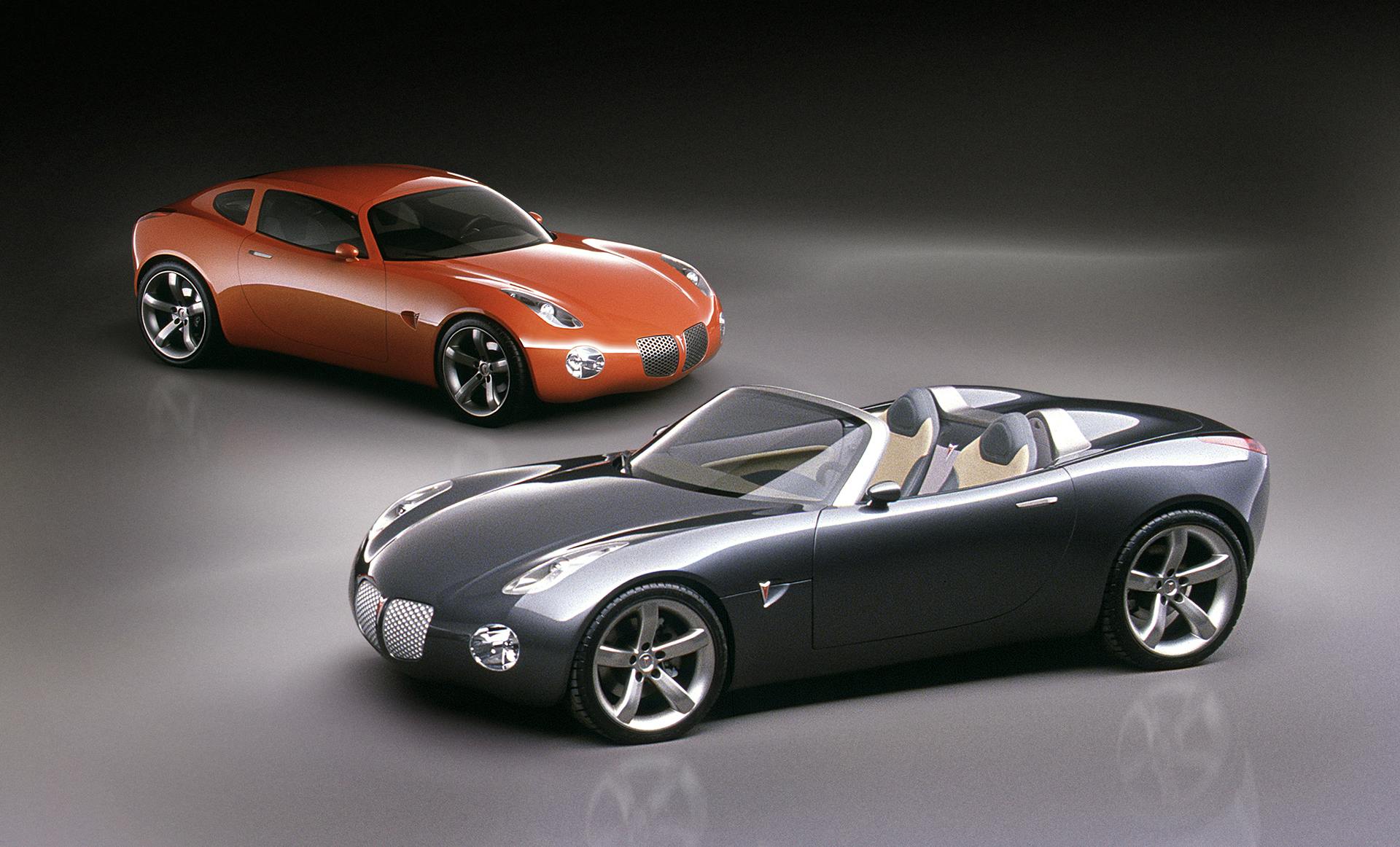

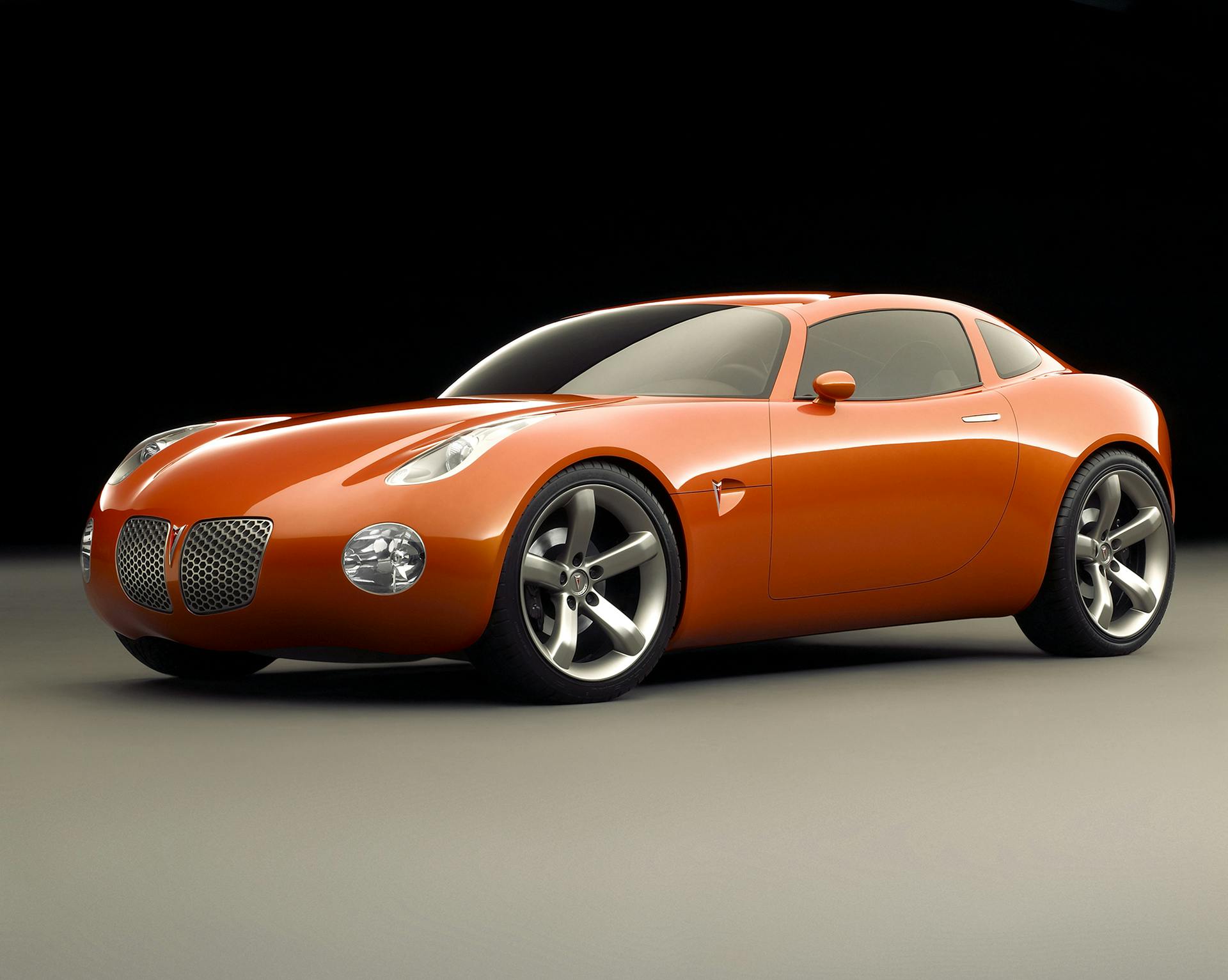
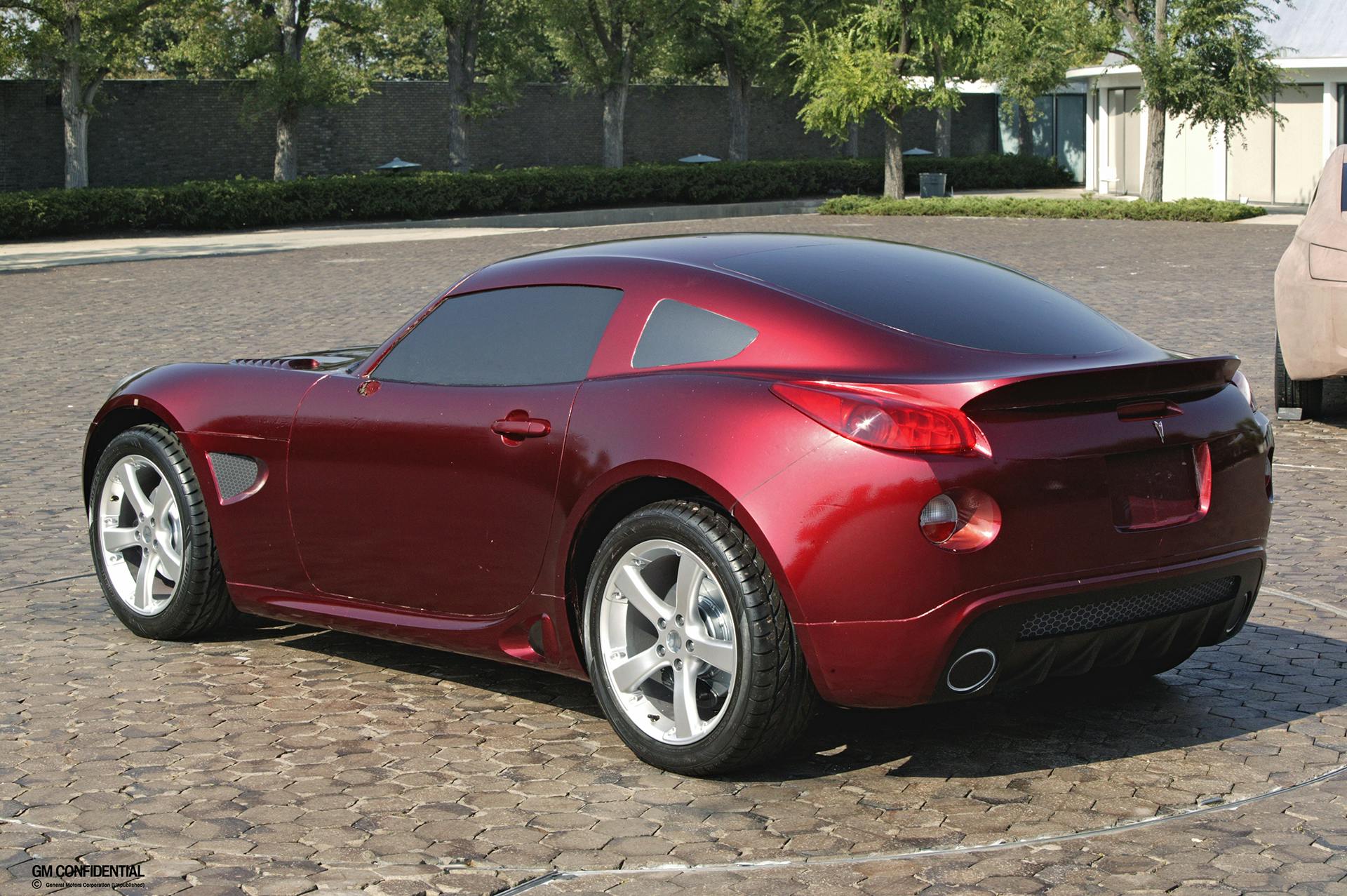

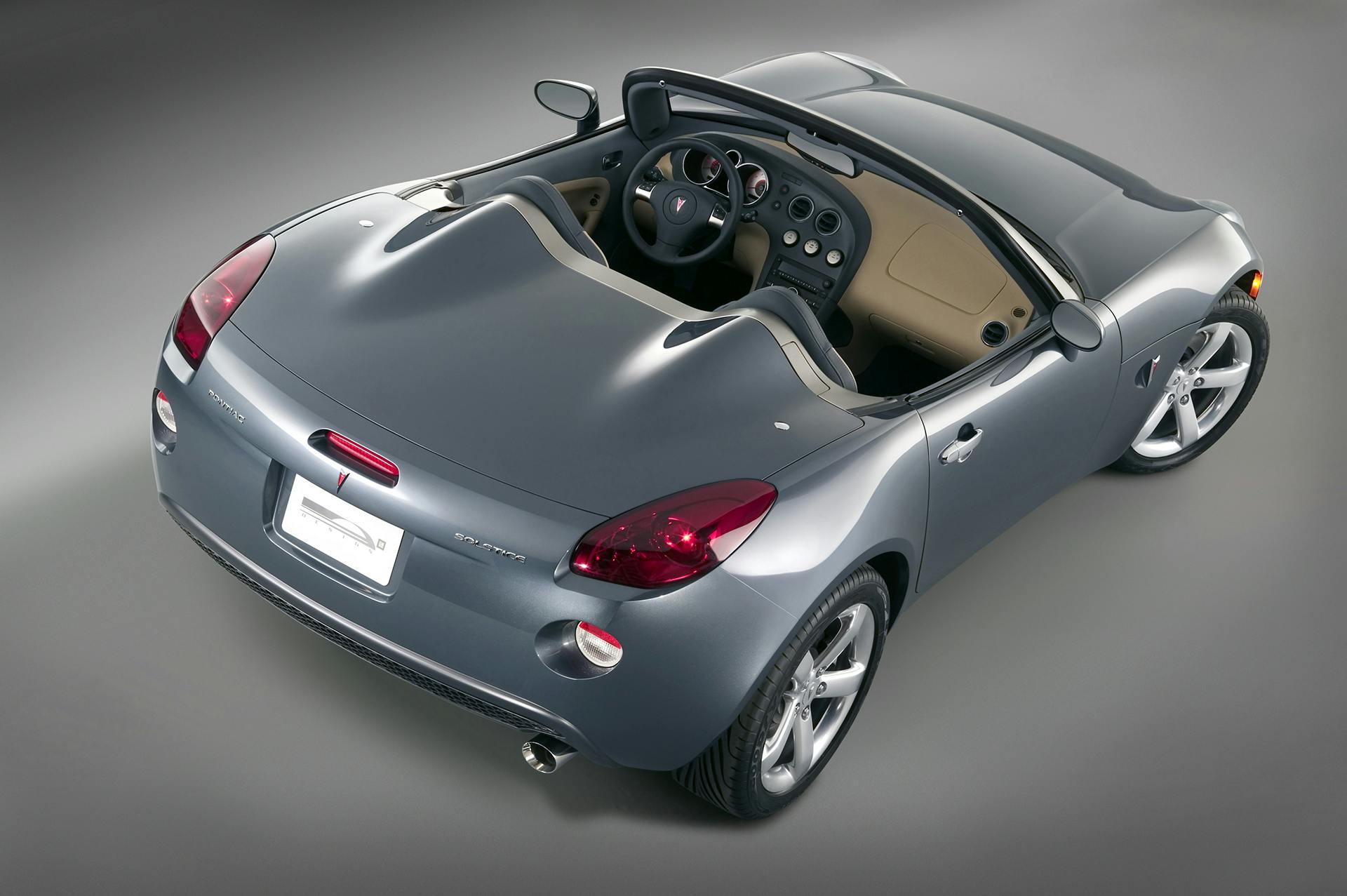
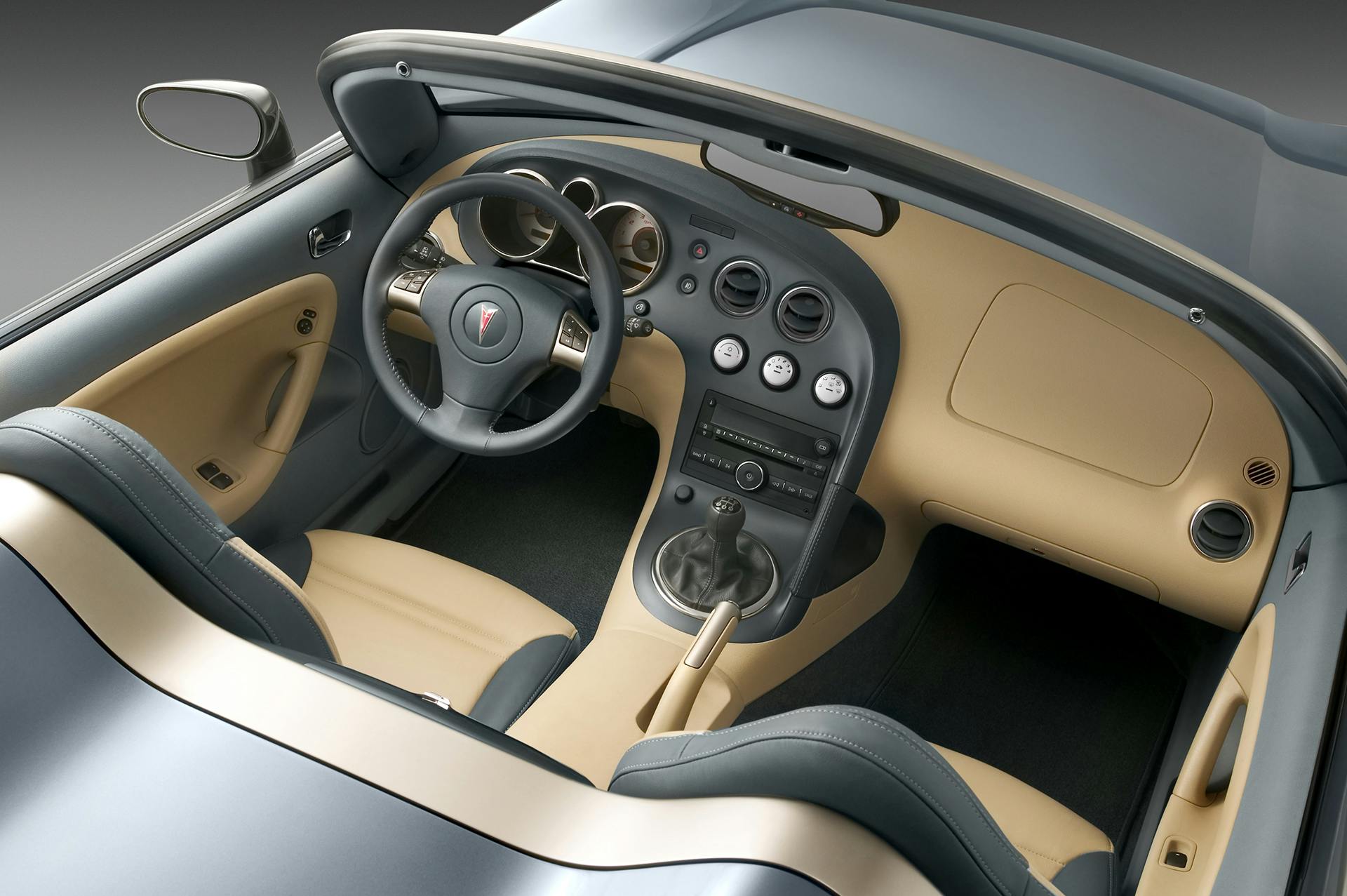

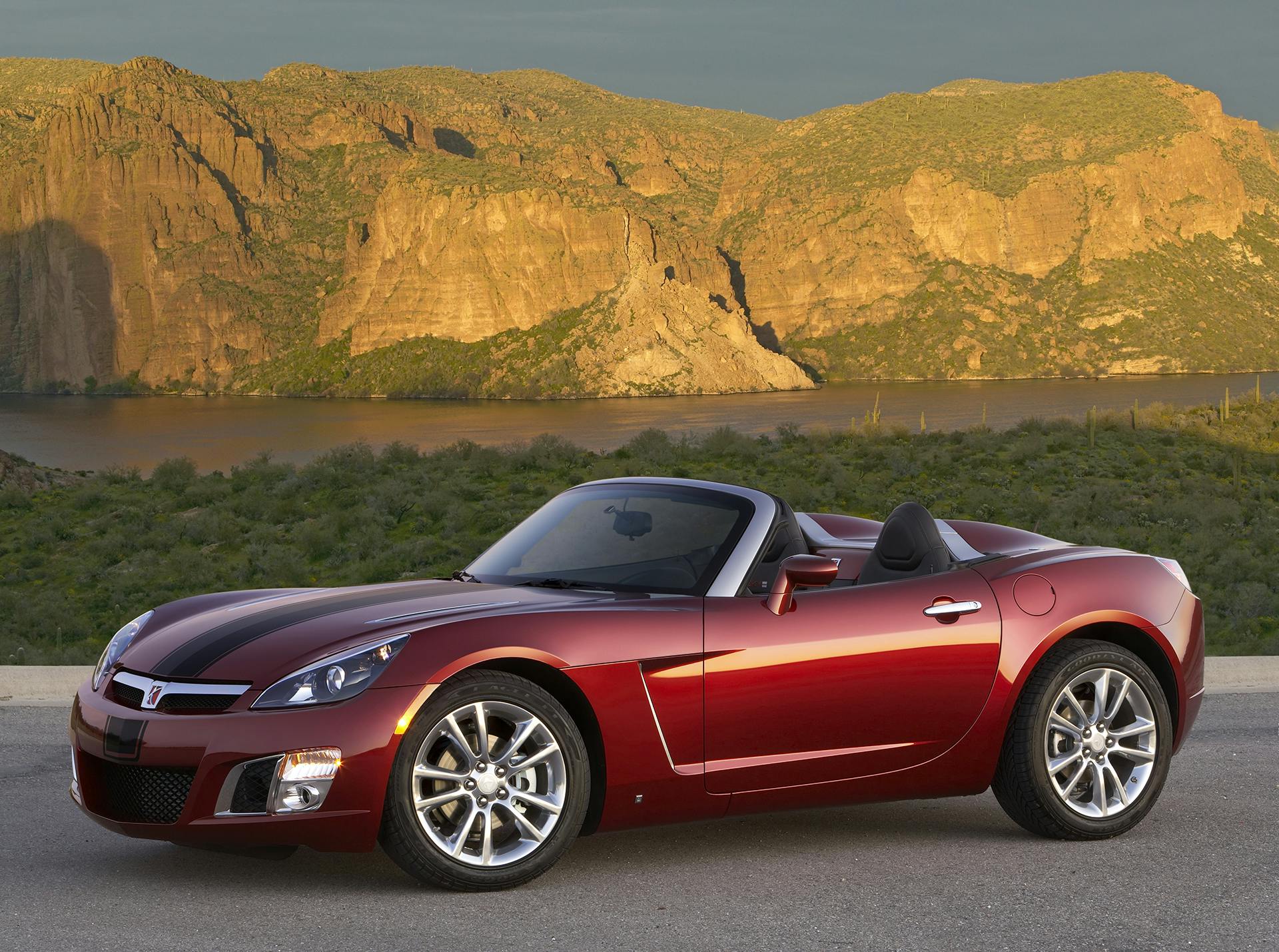
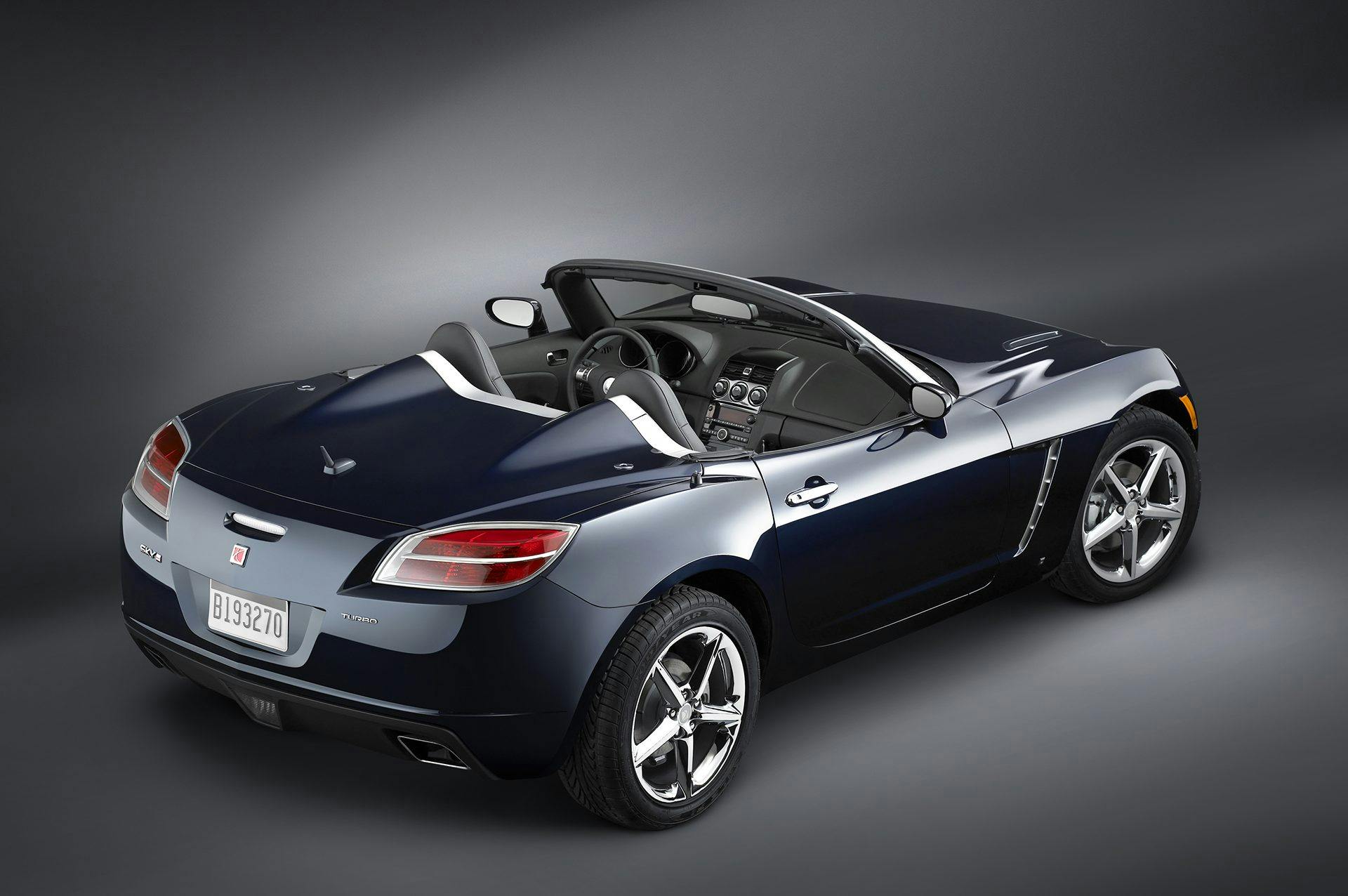
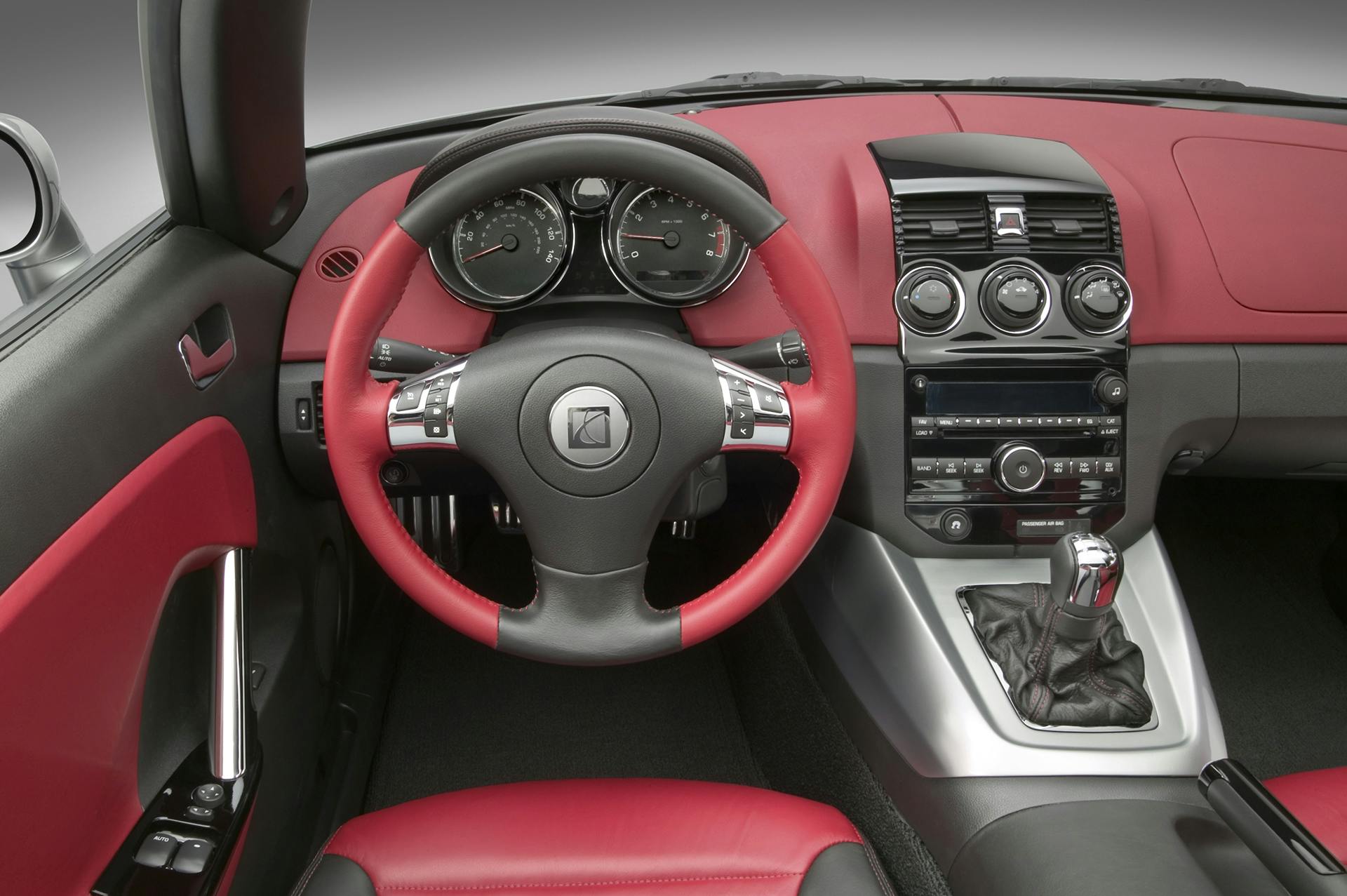
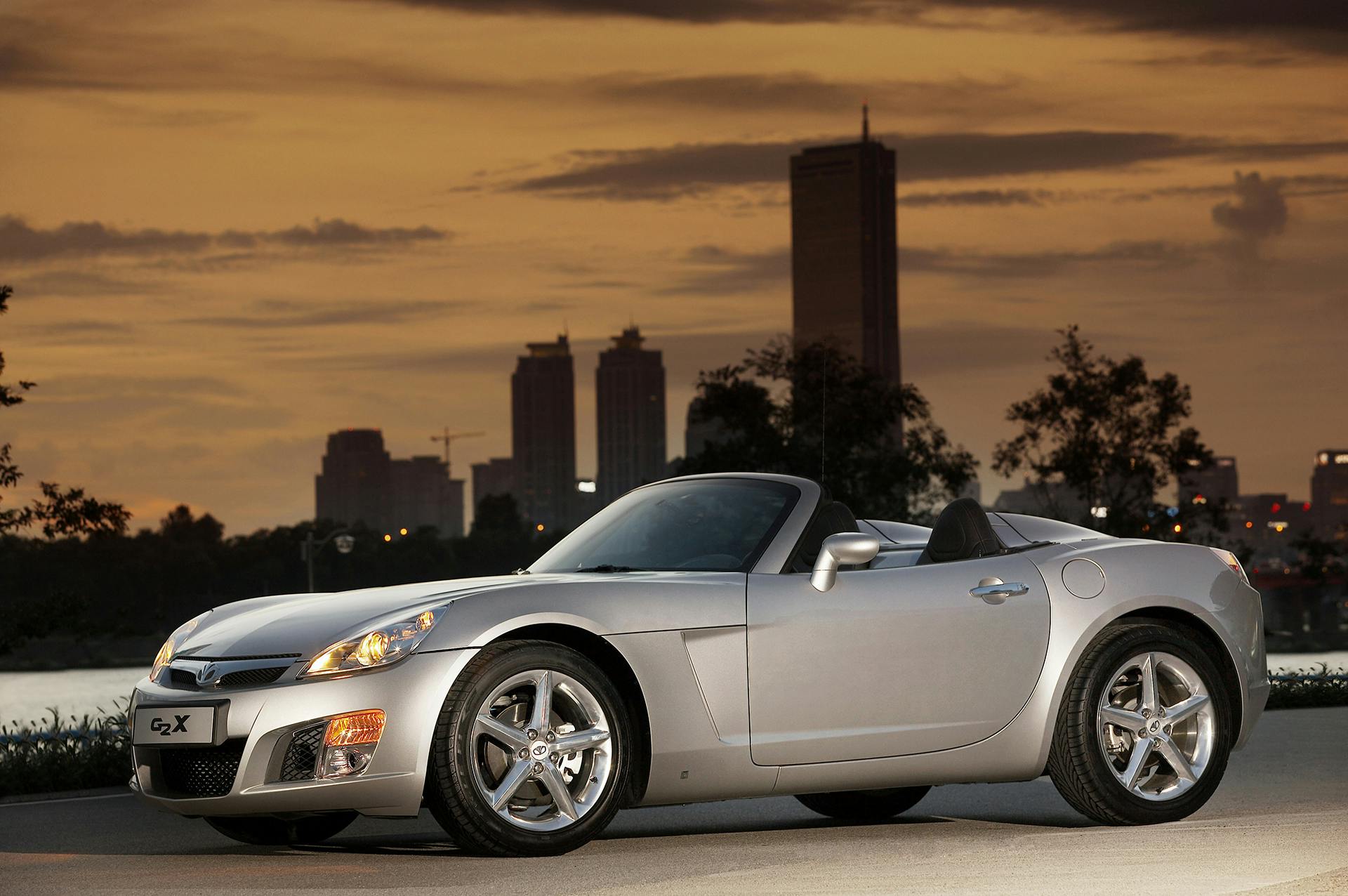
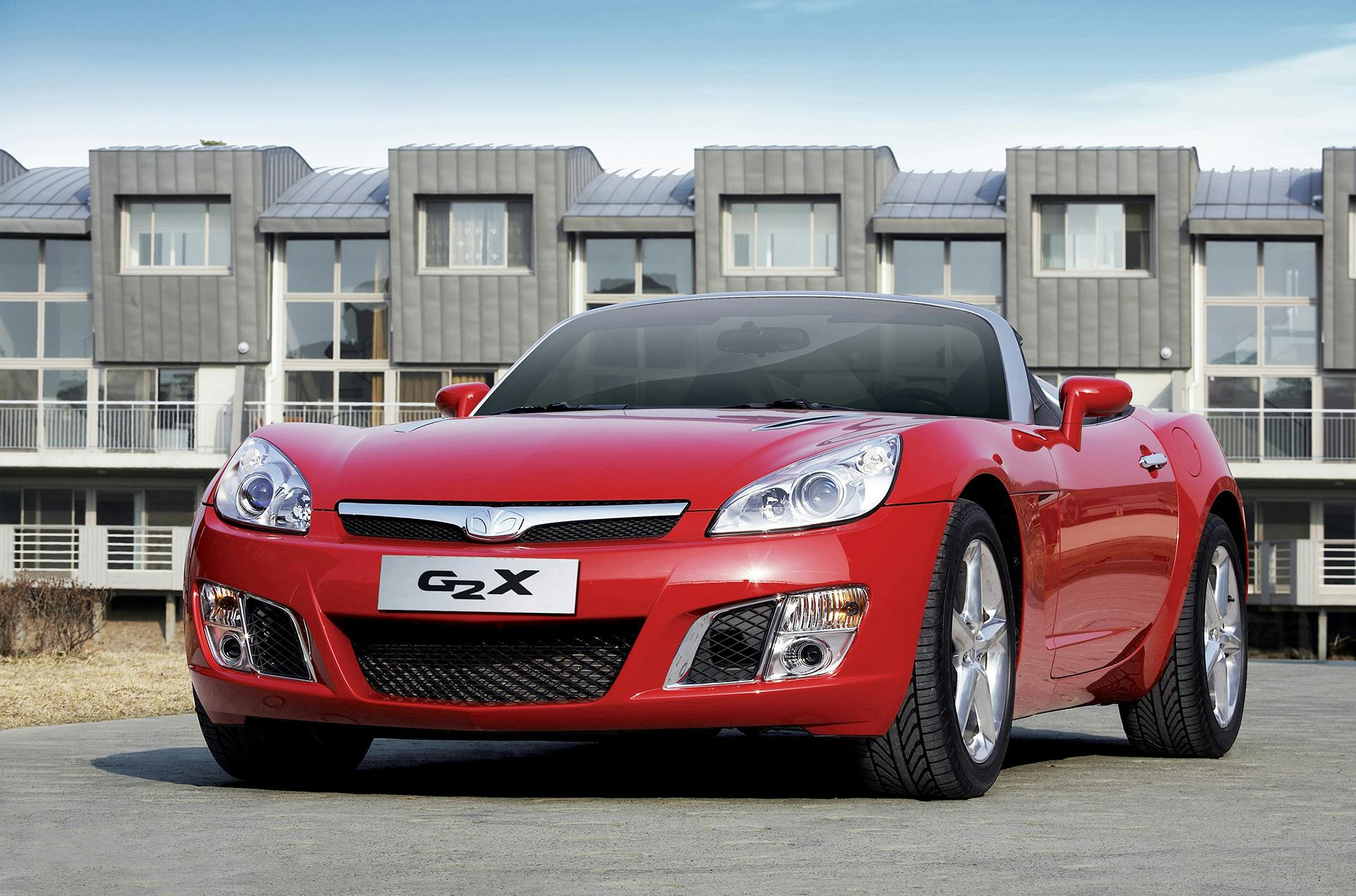
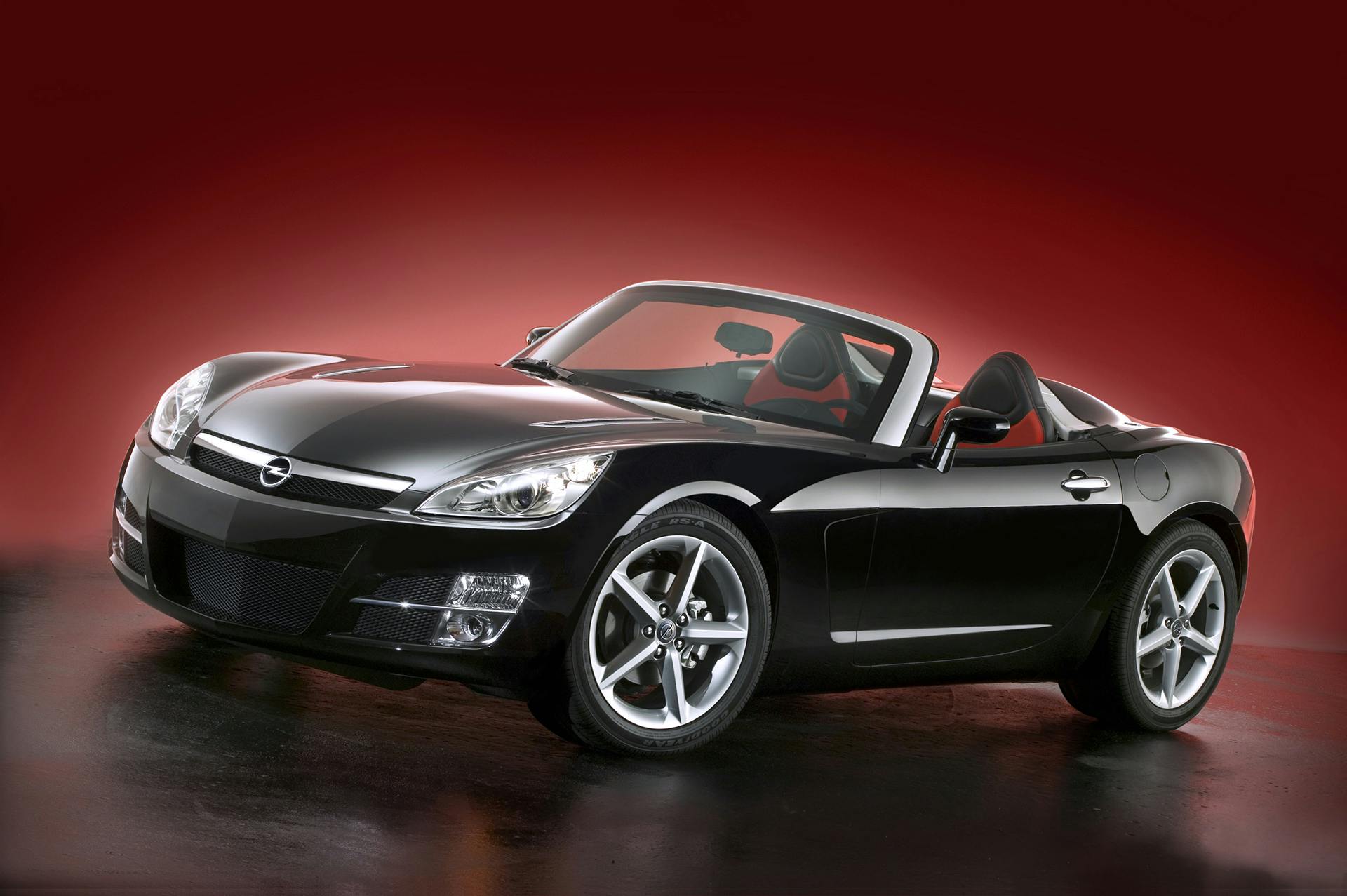
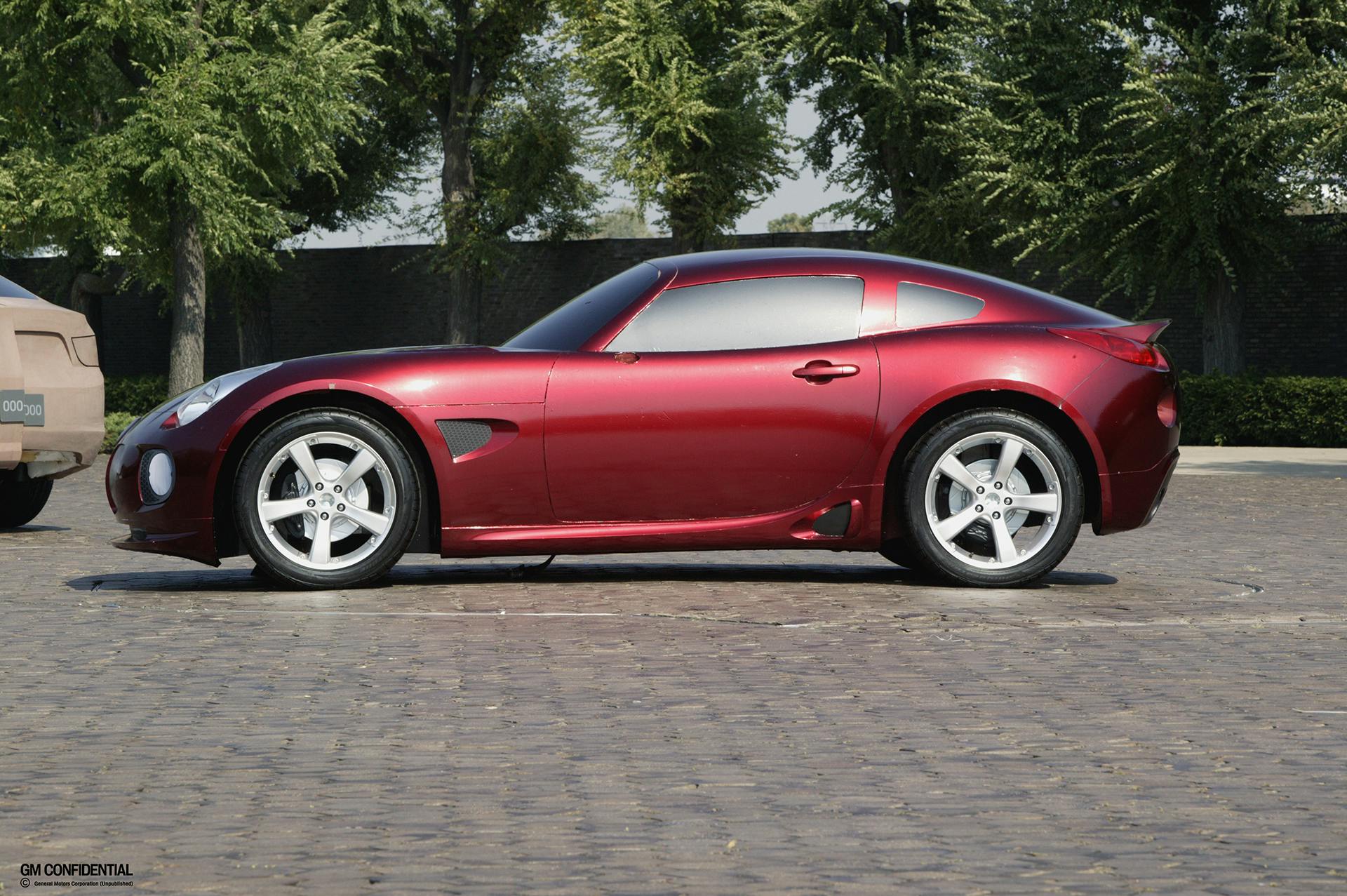
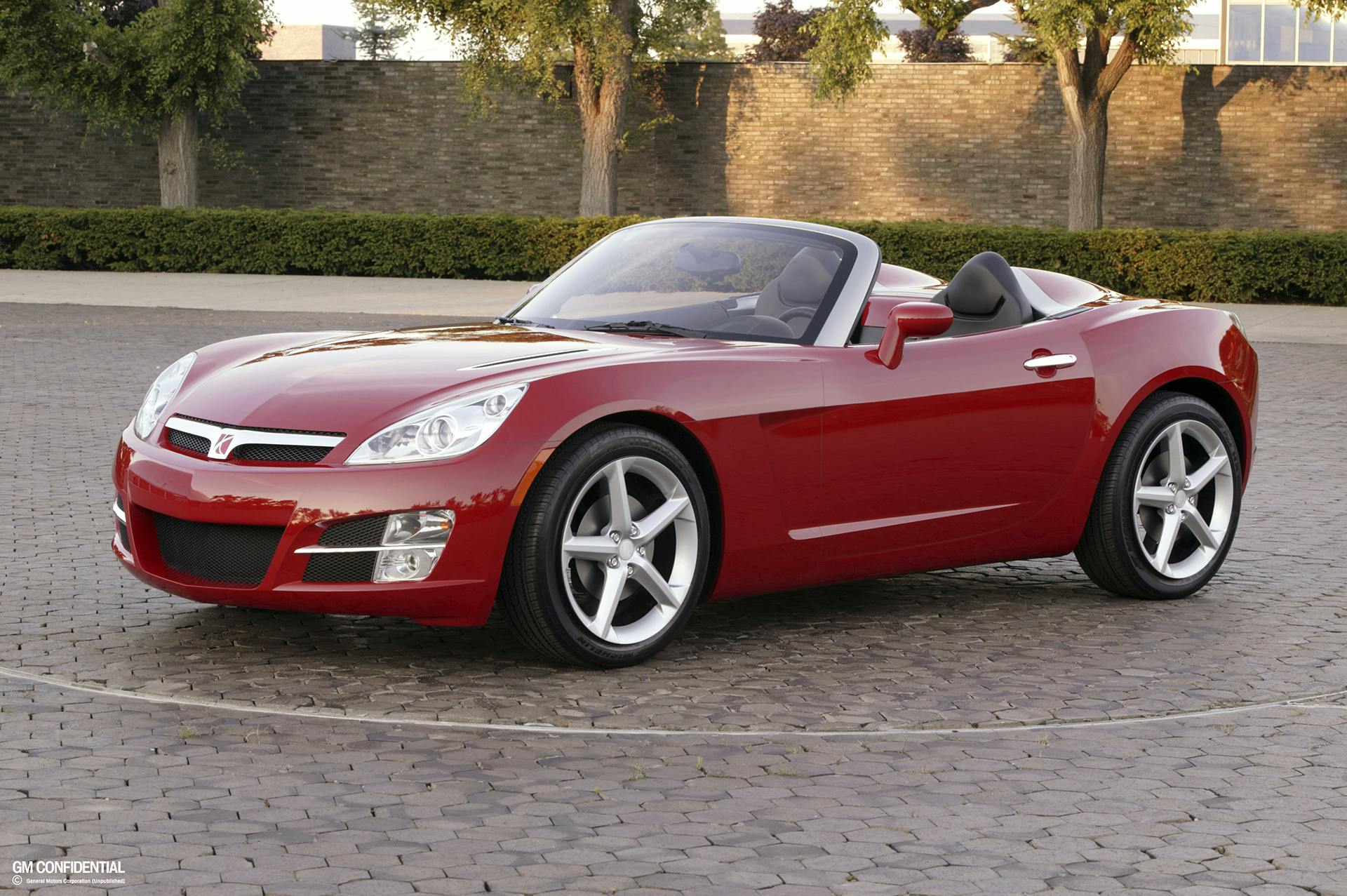
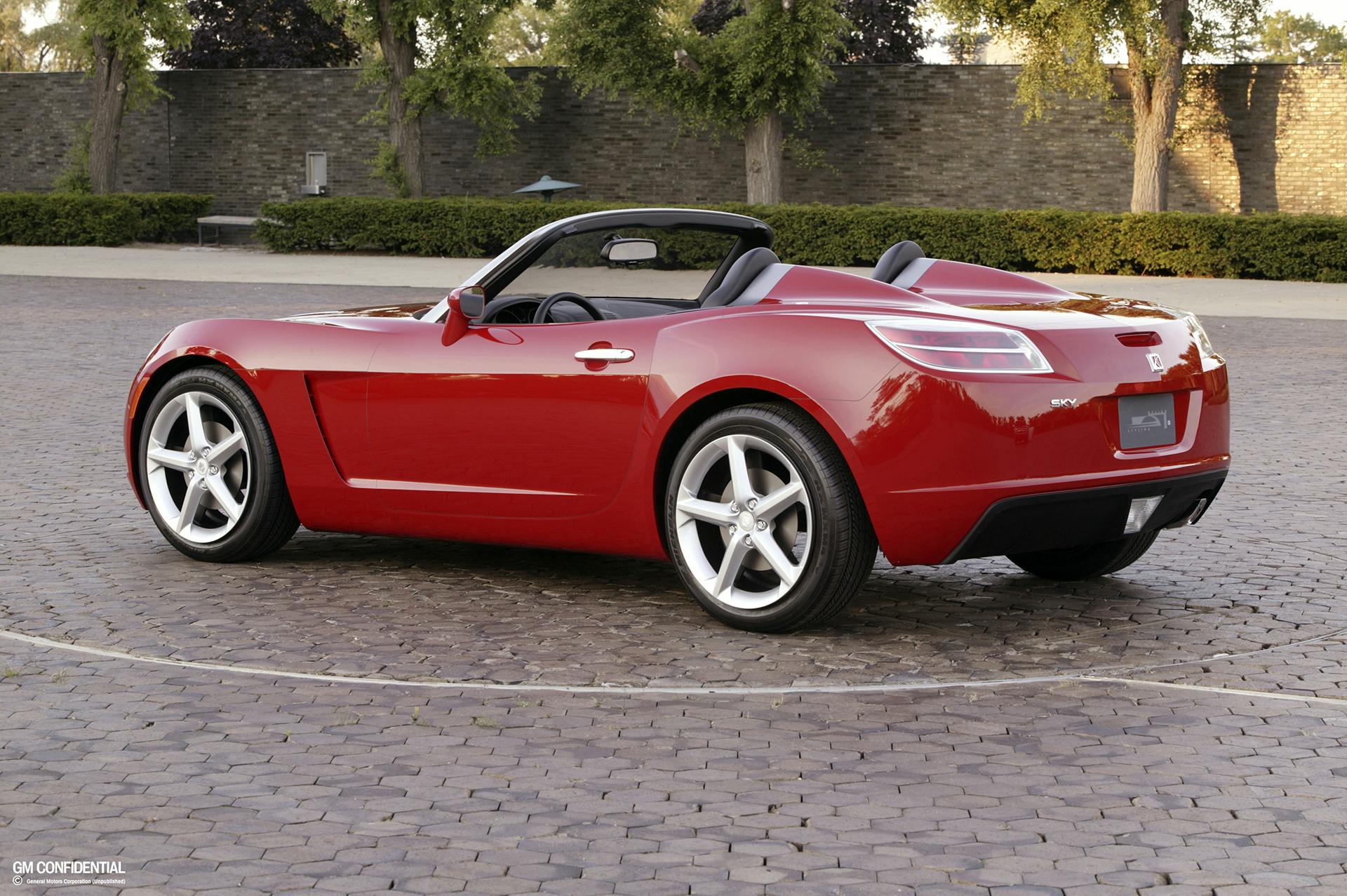
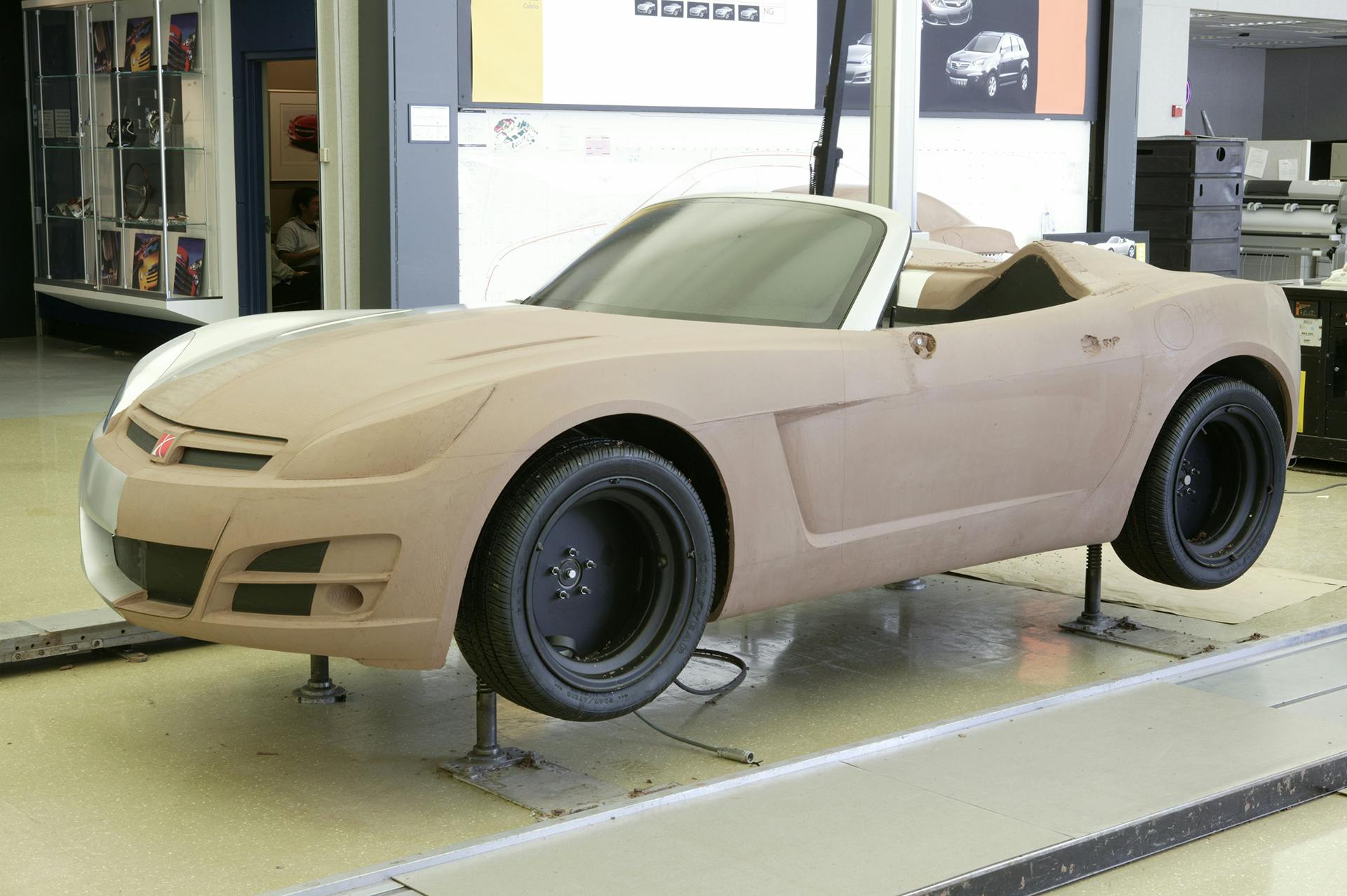

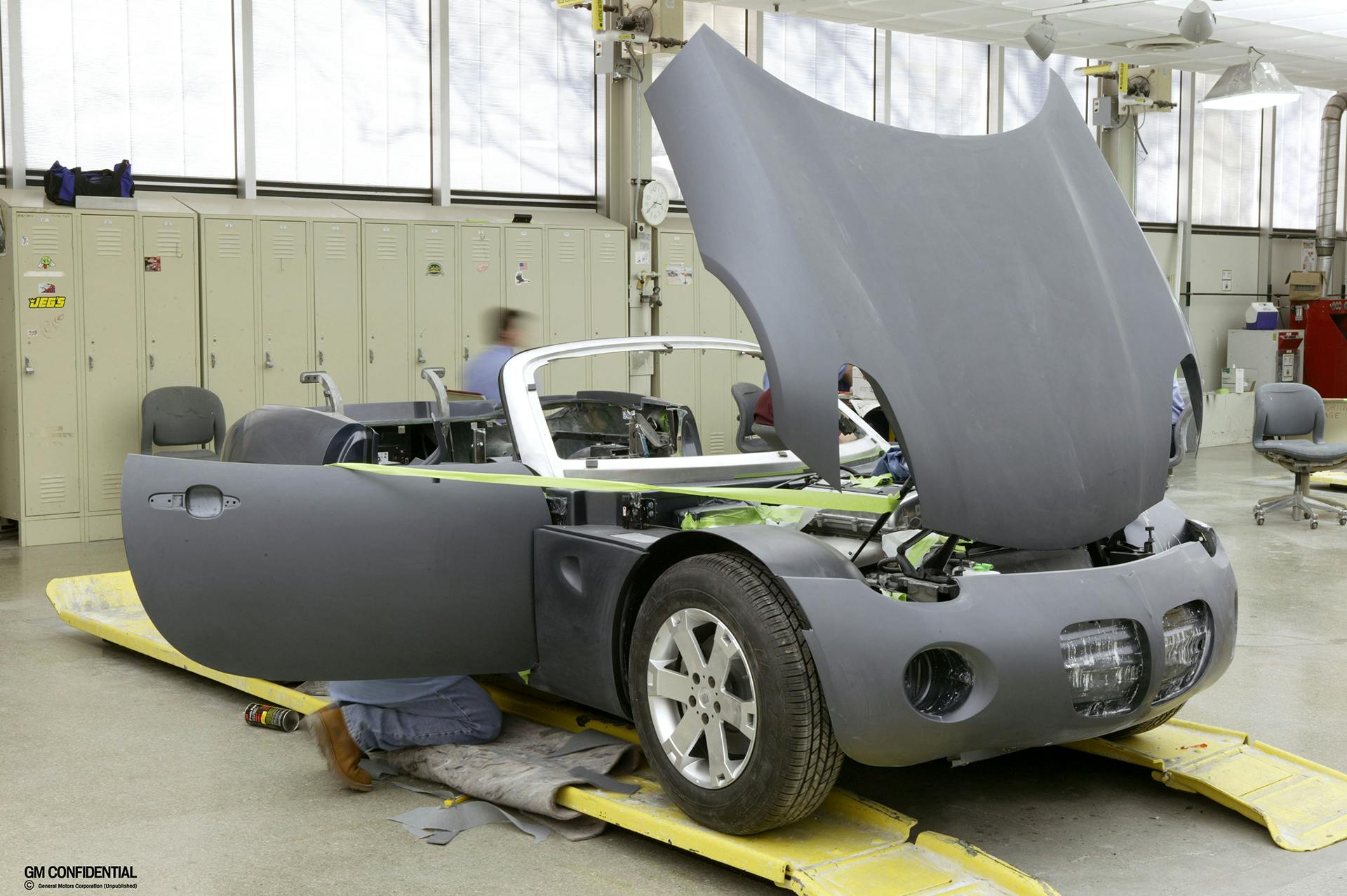
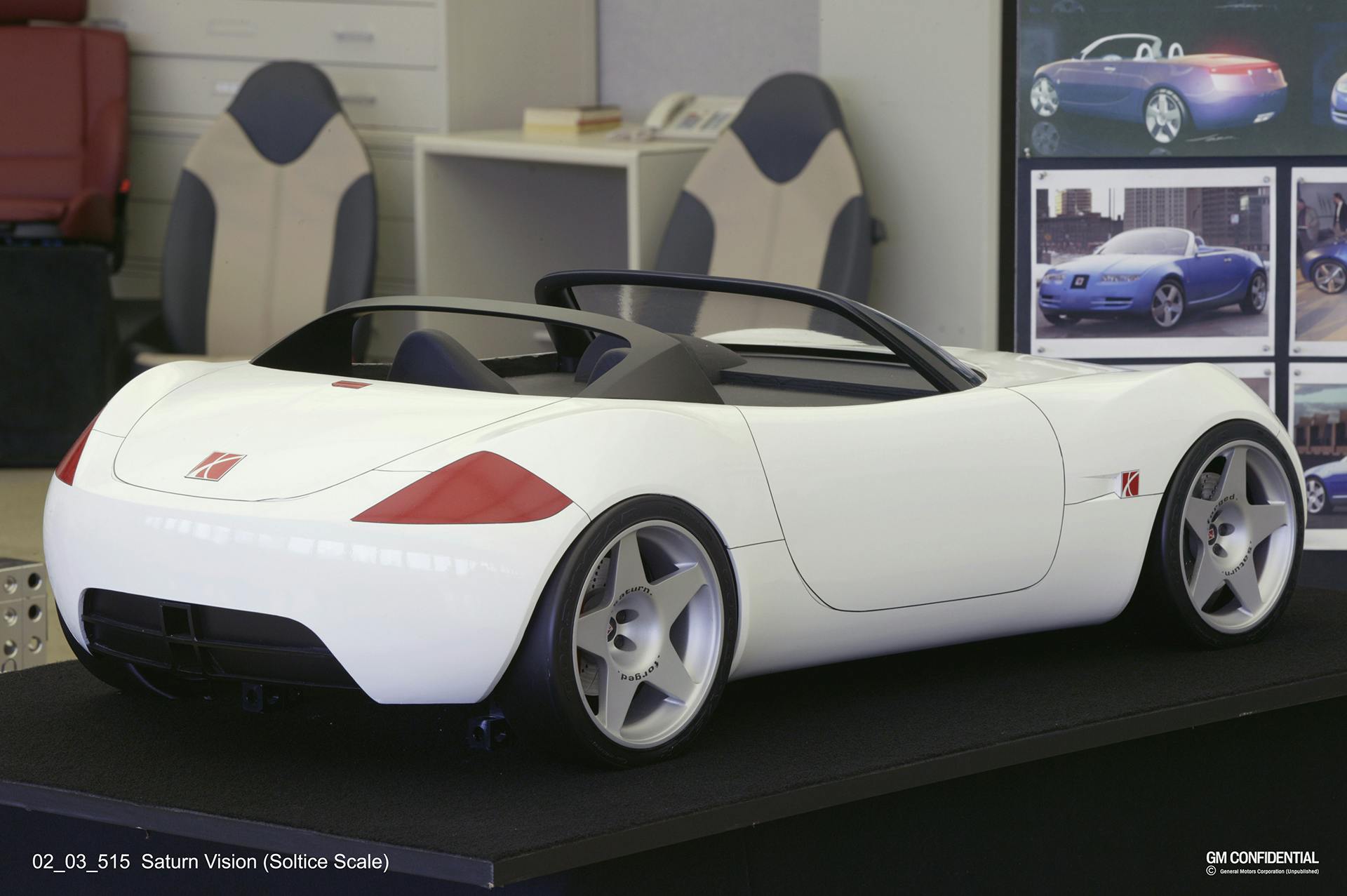


I wanted a Sky for a long time and a few years ago finally bought a bright yellow 2007 Redline with 30K miles from Florida. Really fun car and gets lots of attention!